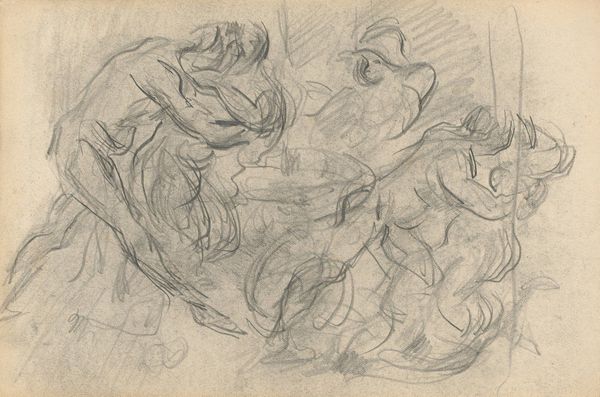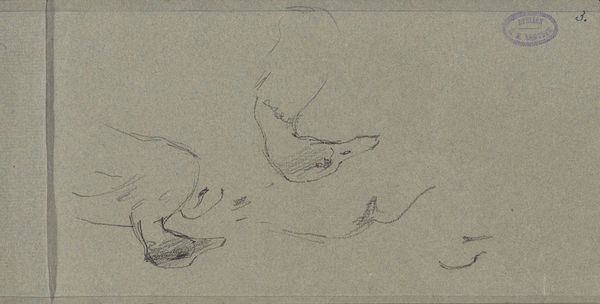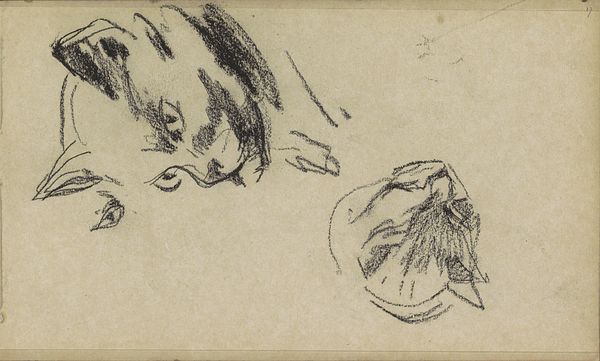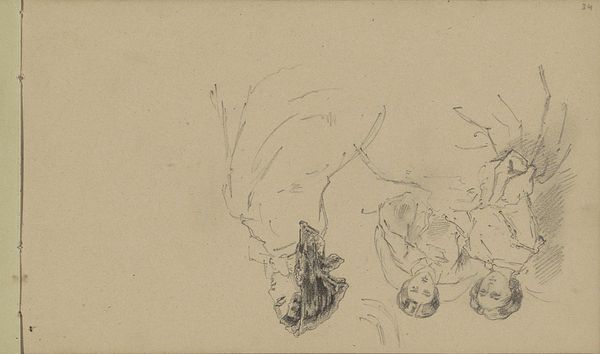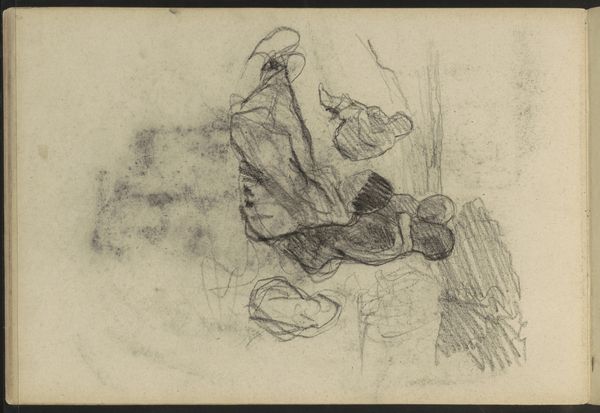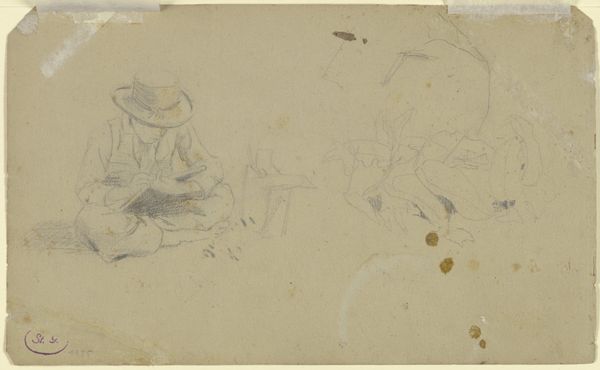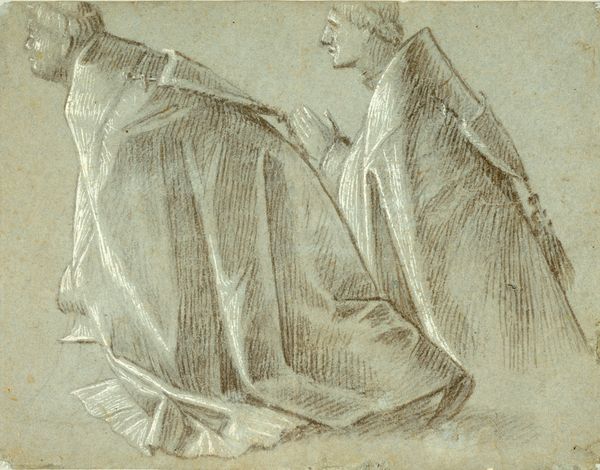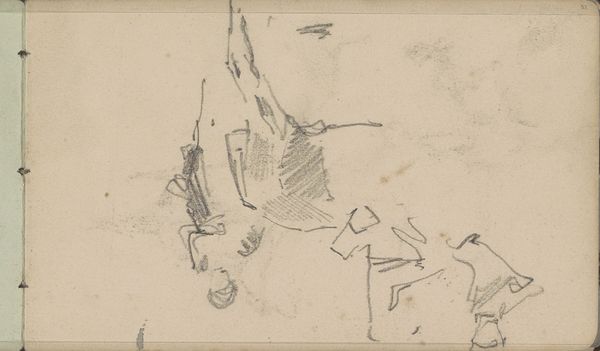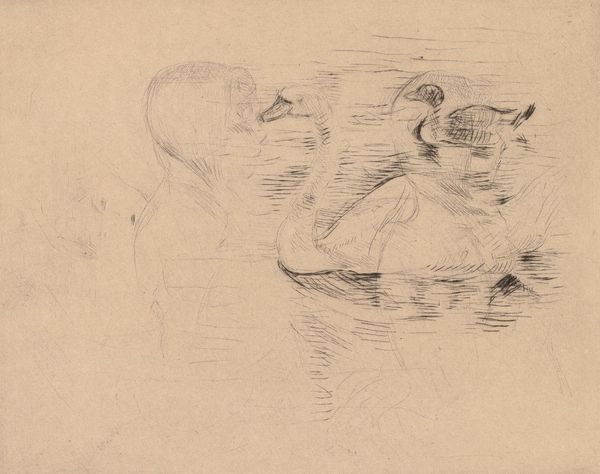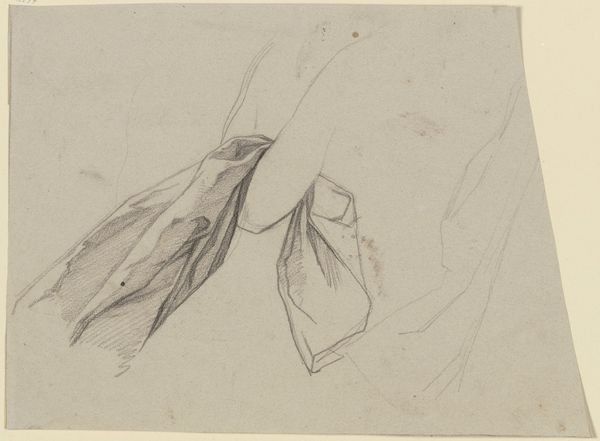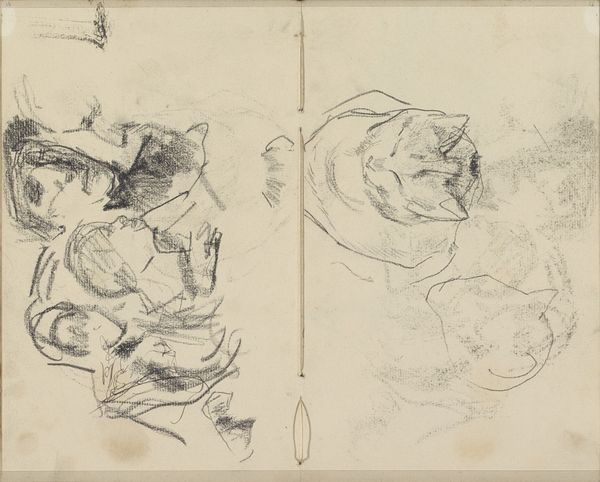
drawing, paper, pencil
#
portrait
#
drawing
#
baroque
#
figuration
#
paper
#
pencil
Dimensions: 272 mm (height) x 195 mm (width) (bladmaal)
Editor: Here we have "Drapery Studies" created sometime between 1625 and 1715 by Carlo Maratti, currently residing at the SMK in Copenhagen. It’s a pencil drawing on paper, and what strikes me immediately is the way the lines seem to capture the weight and texture of the fabric. How would you interpret this piece? Curator: This drawing is a perfect example of baroque material interest. Maratti wasn't just interested in portraying figures, but in meticulously rendering the textures and forms generated by fabric. Consider the sheer labor involved in such a detailed study. This wasn’t merely about aesthetic beauty; it reflects the significance placed on textiles within the upper-class society. Editor: So you’re saying that the *making* of this piece, the process of drawing the drapery itself, is more important than, say, the subject matter it's draped on? Curator: Precisely. The very act of drawing, the material transformation from pencil to image, elevates drapery from mere covering to a subject of intense artistic investigation. The material depiction here arguably transcends its functionality, becoming an exploration of surface, form, and the social status connected with the fabric. This work invites questions about production; what was the social status of fabric production at this time? Editor: I hadn't thought about the production aspect so directly. It’s like the drawing highlights the value placed on luxury goods and skilled craftsmanship. Curator: Exactly. Consider this piece in the context of broader economic realities. The emphasis on opulent drapery reflected a system reliant on labor and global trade. This drawing gives us a means to question the social structure. Editor: Wow, I’m definitely looking at it differently now. Seeing it as a product of labor and social context makes it much richer than just a sketch of fabric. Curator: Agreed, by focusing on process, Maratti allows us to reflect on how it relates to social, economic and material conditions of 17th century society.
Comments
No comments
Be the first to comment and join the conversation on the ultimate creative platform.

